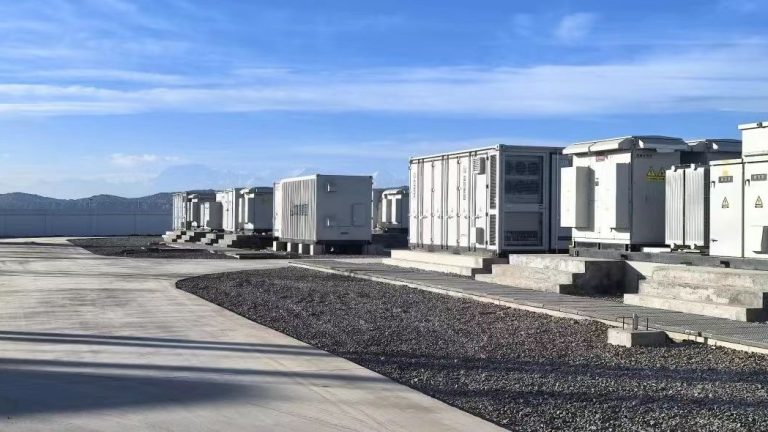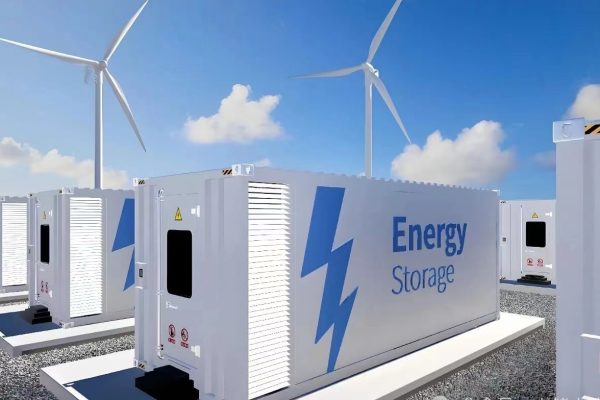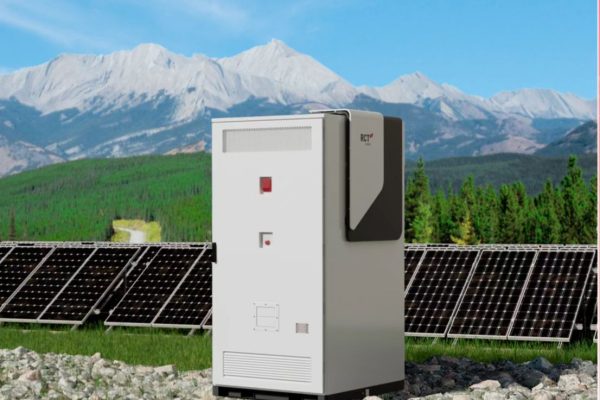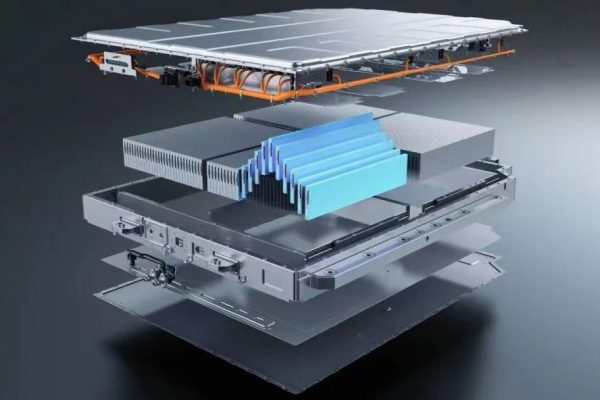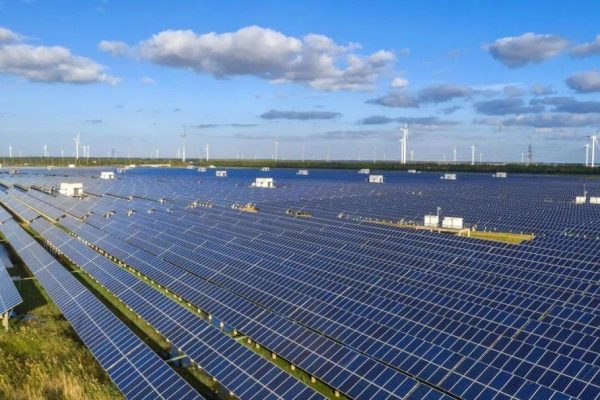Two Dominant Chemistries in ESS
In the energy storage system (ESS) export market, two lithium-ion chemistries dominate discussions: Lithium Iron Phosphate (LFP) and Nickel Manganese Cobalt (NMC). Each has unique advantages and trade-offs, and understanding their differences helps exporters position products correctly for global buyers. The choice between LFP and NMC is not just technical—it influences buyer perception, project feasibility, and long-term partnerships.
1. Safety Considerations
- LFP: Superior thermal stability, lower risk of thermal runaway, safer in residential and commercial environments.
- NMC: Higher energy density but more sensitive to overheating, requiring advanced battery management systems.
Implication: Buyers in safety-conscious markets (Europe, Japan) often prefer LFP.
2. Energy Density
- LFP: Typically lower energy density (~120–160 Wh/kg).
- NMC: Higher energy density (~180–220 Wh/kg).
Implication: NMC is preferred in space-constrained applications such as EVs, while LFP’s lower density is not a major drawback in stationary storage.
3. Cycle Life and Durability
- LFP: Long cycle life (4,000–6,000+ cycles at 80% DOD).
- NMC: Moderate cycle life (2,000–3,500 cycles at 80% DOD).
Implication: For long-term stationary projects, LFP offers stronger ROI and easier warranty alignment.
4. Cost and Raw Materials
- LFP: Made from abundant iron and phosphate, with more stable pricing.
- NMC: Dependent on nickel and cobalt, which are costly and subject to supply volatility.
Implication: LFP provides more predictable costs, reducing project risk.
5. Temperature Performance
- LFP: Better high-temperature stability, widely used in hot climates (Middle East, Africa).
- NMC: Performs better in colder climates, though requires careful management.
6. Regional Buyer Preferences
- Europe: Strong preference for LFP due to safety and sustainability.
- US: Historically favored NMC, but now shifting toward LFP for residential and commercial storage.
- Asia-Pacific: China leads LFP adoption; South Korea and Japan maintain interest in NMC for high-density applications.
- Middle East & Africa: LFP dominates due to temperature resilience and safety.
7. Exporter Strategy
- Offer LFP as the mainstream solution for home, commercial, and off-grid storage.
- Provide NMC options for buyers demanding higher density or compact form factors.
- Highlight cycle life, safety, and cost predictability when promoting LFP.
- Stress performance efficiency and energy density when promoting NMC.
Match Chemistry to Market Needs
Neither LFP nor NMC is universally superior—each chemistry serves different buyer priorities. For exporters, success lies in understanding buyer applications, regional market trends, and risk tolerance. By clearly communicating the trade-offs, exporters can position themselves as knowledgeable, trustworthy partners in global ESS trade.





